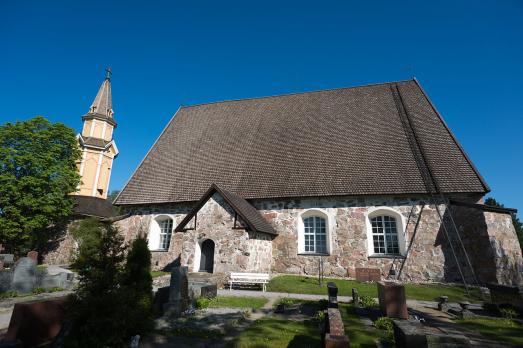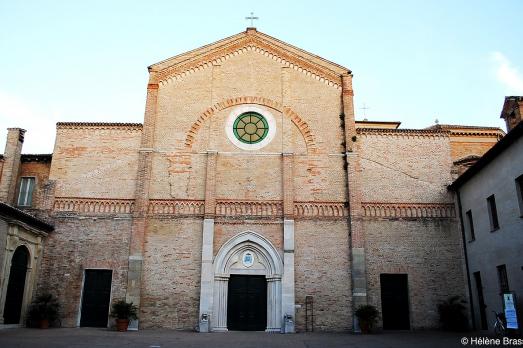
Pernå Church
Lovisa, FI
The Pernå Church is a medieval religious building that was probably built in the 1410s and 1440s. The church was designed by a German builder named Master of Pernå, who designed all the medieval churches in eastern Uusimaa. The bell tower of the church of Pernå was built in 1853. The stained glass windows in the church date from 1939 and were designed by Lennart Segerstråle.














